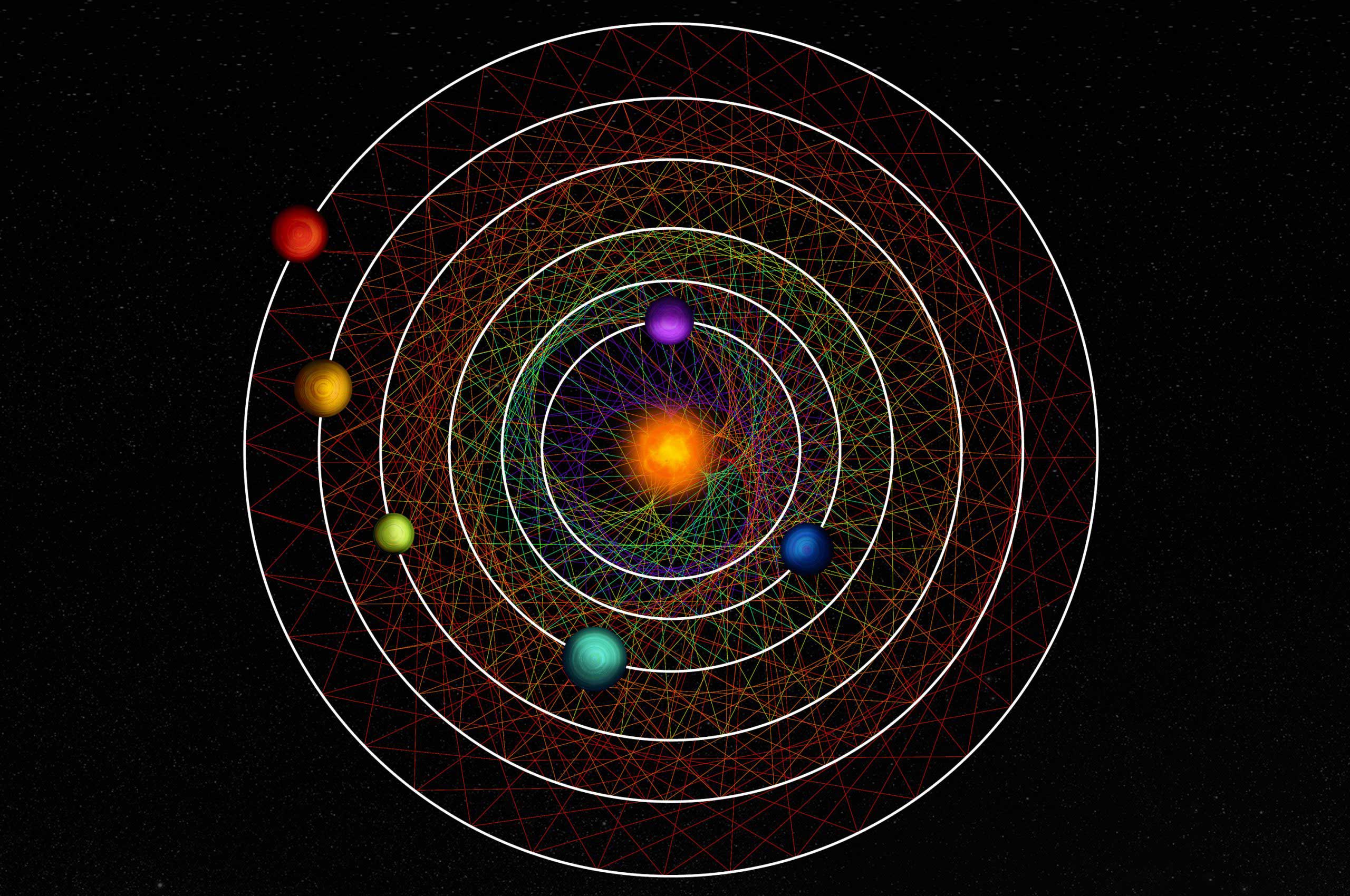25-630 • Allred J. (US) & Druett M. (UK)
Next-Generation Solar Flare Modelling: Bridging the multi-dimensional gap
25-631 • Añel J. (ES)
Impacts and Monitoring of Climate Change on the Middle and Upper Atmosphere
25-632 • Battams K. & Knight M. (US)
Unlocking the Mysteries of the Phaethon-Geminid System
25-633 • Bogdanova Y. (UK) & Wing S. (US)
Magnetospheric Cusps: multiscale plasma dynamic and energy flows
25-634 • Bramberger M. (US) & Wright C. (UK)
WAVE-GAP – Watching Atmospheric Variability Evolve in the Global Absence of satellite Platforms
25-635 • Dargent J. (FR)
Energization processes of the ionospheric plasmas across the magnetosphere
25-636 • Gieles M. (ES) & Padoan P. (US)
The Origin of Multiple Populations in Globular Clusters
25-637 • Gizon L. (DE) & Ouazzani R. (FR)
Global Inertial Modes: Bridging Solar and Stellar Physics
25-638 • Golubenko K. (FI) & Wittmann H. (DE) Beryllium-10 for Earth and Solar Tracing (BEST)
25-639 • Guarcello M. (IT)
Effects of the star-forming environment on the low-mass star formation and early stellar evolution
25-640 • Hanzelka M. (DE) & Allanson O. (UK)
Beyond Diffusion: Advancing Earth’s Radiation Belt Models with Nonlinear Dynamics
25-641 • Hayes L. (IE) & Collier H. (CH)
Maximising Science from Solar Orbiter’s Solar Flare Campaigns
25-642 • Hestroffer D. (FR)
Lights on Formation and Evolution of the Outermost Solar System
25-643 • Jaynes A. & Harvey L. (US)
The contribution of auroral precipitation to ozone changes in the middle atmosphere
25-644 • Kepko L. (US) & Gasparini S. (NO)
Beyond what our eyes can see: a new era of mesoscale M-I coupling
25-645 • Khan A. & Sossi P. (CH)
Structure and composition of planetary cores and mantles
25-646 • Lejosne S. (US)
Deciphering Radiation Belt Drift Phase Structures
25-647 • Li S. (CN) & Galloway D. (AU)
Thermonuclear X-ray Bursts: From Simulations to Multi-Wavelength Observations
25-648 • Lippi M. (IT) & Villanueva G. (US)
Understanding Nuclear Spin Temperatures in Astronomical Environments
25-649 • Liu H. (DE) & Bambi C. (CN)
Maximizing the Potential of X-ray Polarimetric Data to Understand Accreting BHs
25-650 • Martinovic M. (US), Lopez R. (CL) & Shaaban S.M. (QA)
Multiscale Investigation of Kinetic Processes Governing Solar Wind Evolution
25-651 • Piecuch C. & Oelsmann J. (US)
Relationship between the Atlantic meridional overturning Circulation and Coastal Sea Level
25-652 • Pinto M. (PT) & L. Rodríguez-García (ESA)
Impact of Solar Energetic Particles on Mars: Enhancing Space Weather Insights for Future Exploration
25-653 • Pucci F. (IT) & Cozzani G. (FR)
Impact of stellar wind plasma turbulence on planetary magnetospheres in the heliosphere and beyond
25-654 • Walach M. (US) & Sivadas N. (UK)
Why does the Geomagnetic Response to the Solar Wind Saturate?
25-655 • Spurio Mancini A. (UK)
Precision cosmology from ESA/EUCLID data release 1
25-656 • Trotta D. (ESA, ES)
The Superhalo Enigma: Characterising Energetic Electrons in the Inner Heliosphere
25-657 • Tsygankov S. (FI) & Taverna R. (IT)
Polarimetric Insights into Extreme Magnetism
25-658 • Wyper P. (UK) & Dahlin J. (US)
Flare ribbon fine-structure: where does it come from and what can it tell us?
25-659 • Xiao M. & Naidu R. (US/CH)
Little Red Dots, Big Open Questions: Unraveling the Mystery of the James Webb Space Telescope’s Most Debated Discovery
25-660 • Zdziarski A. (PL) & Veledina A. (FI)
What are the spins of stellar-mass black holes?




